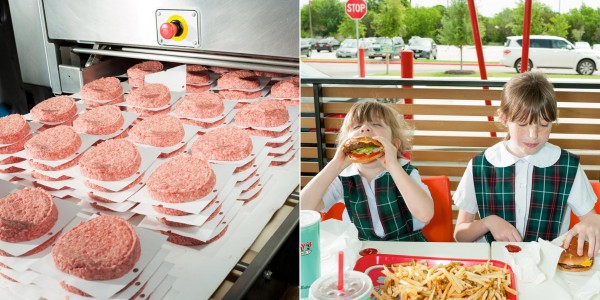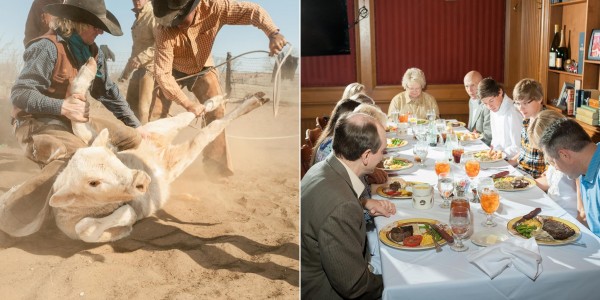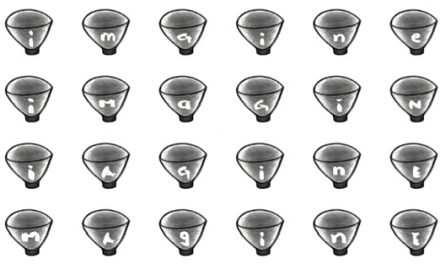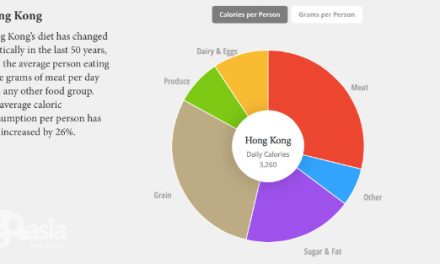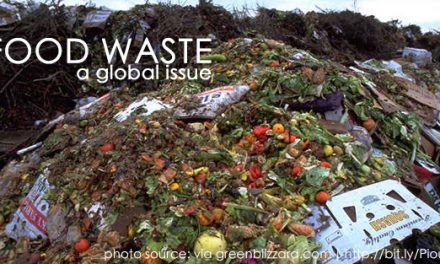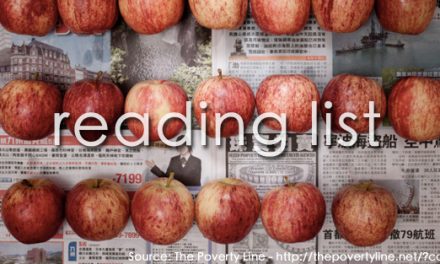“Unhealthy. Nutritious. Cruel. Delicious. Unsustainable. All-American. In the beef debate there are so many sides.”
“Meat is murder. Meat—especially beef—is cigarettes and a Hummer rolled into one. For the sake of the animals, our own health, and the health of the planet, we must eat less of it.”
“Meat is delicious. Meat is nutritious. Global demand is soaring for good reason, and we must find a way to produce more of it.”
In short, meat—especially beef—has become the stuff of fierce debate.
People can’t settle that debate for others—Americans, say, can’t decide how much beef or other meat Chinese should eat as their living standards improve. But each of us takes a personal stand with every trip to the supermarket. Critics of industrial-scale beef production say it’s warming our climate, wasting land we could use to feed more people, and polluting and wasting precious water—all while subjecting millions of cattle to early death and a wretched life in confinement. Most of us, though, have little idea how our beef is actually produced. Last January, as part of a longer journey into the world of meat, ROBERT KUNZIG spent a week at Wrangler, in Tulia, Texas. He was looking for an answer to one fundamental question: Is it all right for an American to eat beef?
The biggest, most mind-numbing issue of all is the global one: How do we meet demand for meat while protecting biodiversity and fighting climate change? A common argument these days is that people in developed countries need to eat less meat in general, eat chicken instead of beef, and, if they must eat beef, make it grass fed. Robert has come to doubt that the solution is that simple. They might be part of the cause, but not really the major one as one thought.
For details about his discovery, please refer to the original article with National Geographic.

